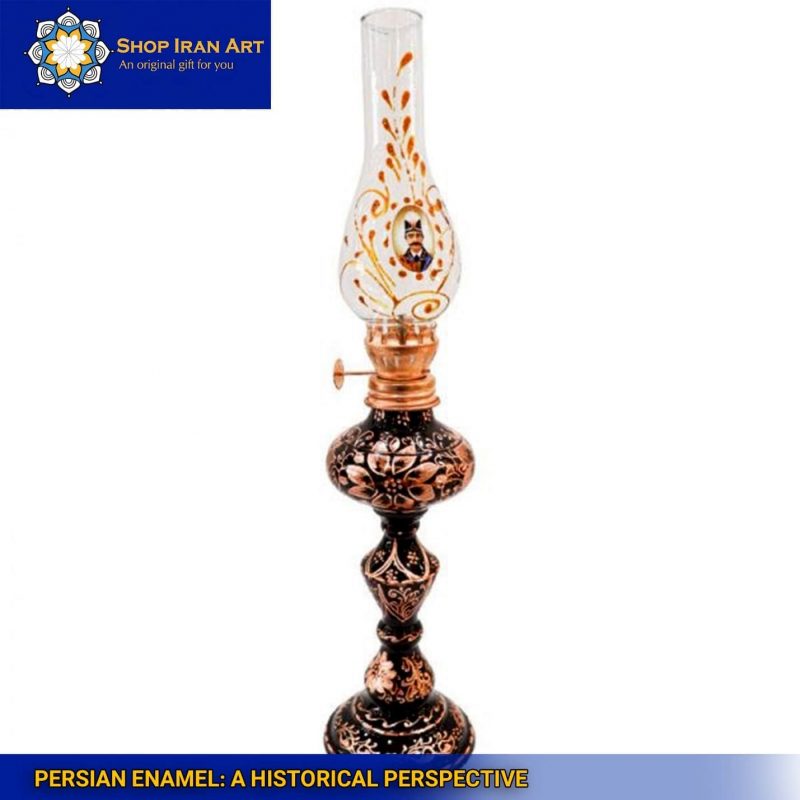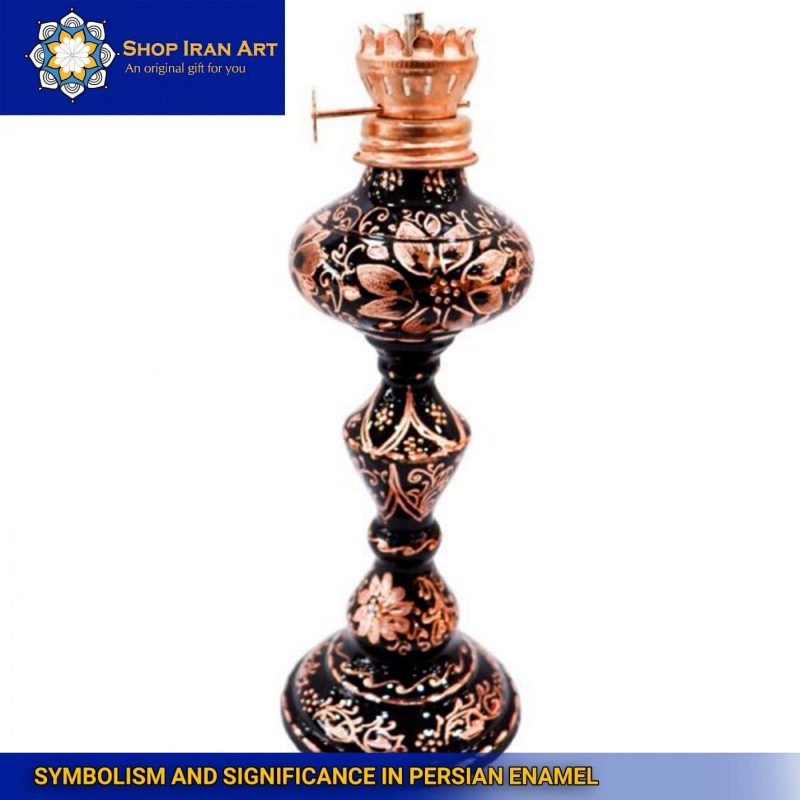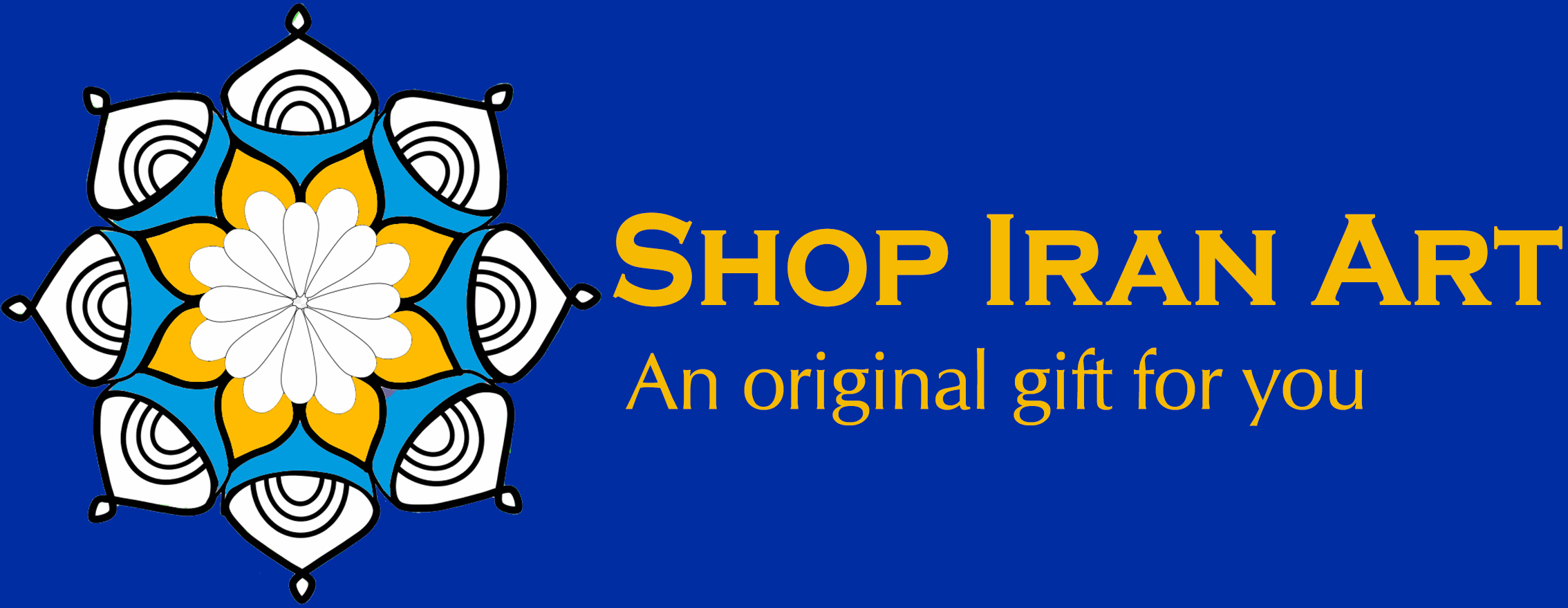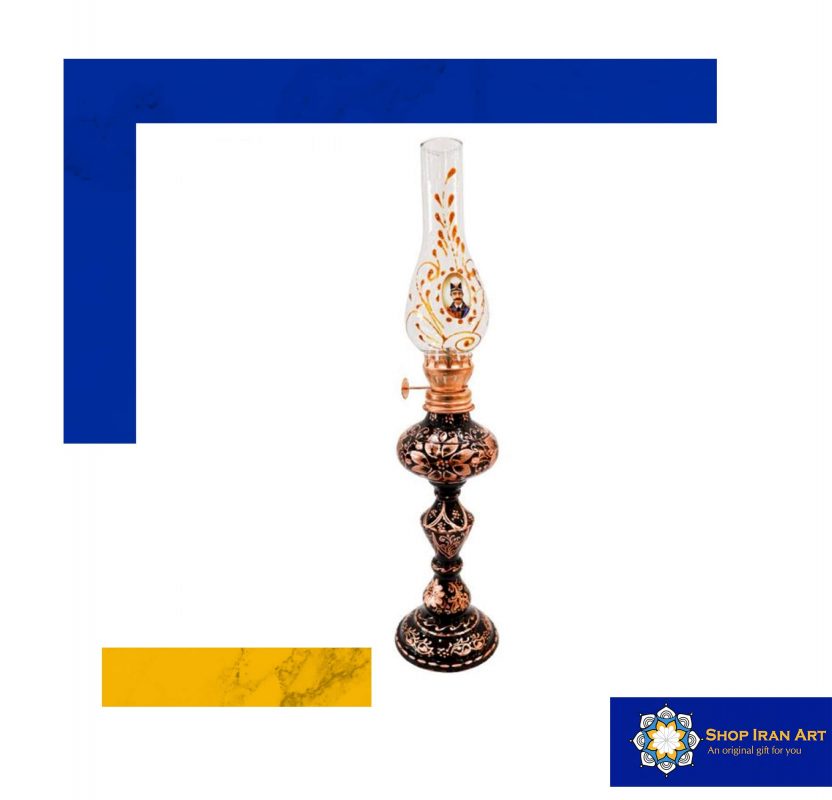Sin categorizar
Persian Enamel
Persian Enamel
Persian enamel can be an exciting form of craft that stands the test of time and captivates craft lovers with its vibrant colors and exciting plans. This article examines Persian art’s rich history, process, and importance, demonstrating its continued prominence and social significance. Persian enamel fascinate craft professionals worldwide, from ancient Persian roots to modern restorations.
Persian Enamel: A Historical Perspective
Persian enamel can be a unique and beautiful form of craftsmanship practiced in Iran for centuries. This intricate method involves weaving glass powder into a metal surface to create colorful, complex patterns that fascinate people worldwide. Understanding the history of Persian handicrafts provides valuable insight into their progress and continued centrality in society.

Ancient Origins
The roots of Persian enamel go back to ancient Persia, also known as present-day Iran. The Persians were the masters of enameling during the Achaemenid period and refined the technique over the centuries. This antiquated civilization developed enameling strategies such as intertwining glass and metal surfaces to create beautiful works adorned with astonishing patterns and vibrant colors.
Revival and Contemporary Adaptations
Over the centuries, Persian enamel experienced periods of decline and recovery. In the mid-19th century, Kajar traditions were revived among Finnish generations, and talented artisans produced stunning crafts that caught the attention of royal courts and wealthy patrons. Modern artisans nowadays understand Persian enamel and associate it with cutting-edge craft styles and descriptions. The restoration breathed new life into this ancient craftsmanship, attracting a wider audience and gaining worldwide acclaim.
Techniques and Materials Used in Persian Enamel
This technique fuses the glass powder onto a metal surface to create intricate designs and plans. It features a striking use of color and very detailed brushstrokes. Understanding the materials and methods used in Persian enamel provides essential insight into this exceptional and enduring craftsmanship framework.
Cloisonné
One of the primary techniques employed in Persian enamel is cloisonné. This technique involves creating compartments, or “cloisons,” using thin metal wires or strips. These cloisons form the outline of the design, and different colors of enamel are carefully applied within each compartment. The piece is fired to fuse the enamel to the metal surface, creating vibrant and captivating artwork.
Champlevé
Another technique commonly used in Persian enamel is champlevé. This technique creates recessed areas on the metal surface by etching or engraving. The enamel is then carefully applied to the open spaces, and the excess is wiped away, leaving only the enamel-filled depressions. The piece is fired to achieve a smooth and glossy surface, showcasing the beauty of the enamel.
Materials and Colors
Persian enamel usually uses copper or silver as the base metal. These metals permanently fix the finish and allow the creation of intricate plans. Regarding colors, Persian artisans use various dynamic tones, including deep blues, striking greens, bright reds, and yellows. Regular additions of gold add a touch of luxury and heighten the overall tasteful appeal.
Symbolism and Significance in Persian Enamel
Persian enamel is a beautiful and intricate art form with deep cultural significance in Iran. In addition to its aesthetic appeal, Persian enamel is rich in symbolism and meaning, with many designs and patterns carrying important cultural and spiritual significance.

Spiritual and Religious Motifs
Persian enamel frequently incorporates spiritual and religious motifs, reflecting the cultural and religious heritage of the region. Islamic calligraphy, verses from the Quran, and representations of celestial beings are commonly found in enamel artwork. These symbols hold deep meaning and convey faith, spirituality, and devotion messages.
Cultural Representations
Enamel art in Persian enamel often represents cultural elements such as flora, fauna, and architectural motifs. Intricate depictions of flowers, birds, and traditional Persian patterns adorn enamel pieces, paying homage to the region’s natural beauty and rich history. Each motif carries its significance, intertwining art and enamel in perfect harmony.
The Process of Creating Persian Enamel Artwork
Understanding the process of creating Persian enamel artwork can provide valuable insights into the art form’s complexity and enduring cultural significance.

Design and Planning
Before creating a Persian enamel artwork, the artist meticulously plans and designs the piece. This involves conceptualizing the motifs, selecting color palettes, and determining the overall composition. Attention to detail is paramount at this stage to ensure a cohesive and visually striking final piece.
Enameling Techniques
Once the design is finalized, the artist begins the enameling process. Whether using cloisonné or champlevé techniques, the artist carefully applies the enamel, layer by layer, ensuring precision and clarity. This requires a steady hand and a deep understanding of how the colors interact and fuse during the firing process.
Firing and Enamel
After applying the enamel, the piece is let go in a heater at elevated temperatures. This ending handle binds the enamel with the metal surface, making a solid and energetic enamel. Once the end is added, the expert applies final touches, such as cleaning, refining edges, or counting gold complements, to overhaul the artwork’s common request.
Shop Iran Art is a web stage that grandstands and offers a broad run of Persian enamel works of art, permitting craftsmanship devotees worldwide to investigate and secure these beautiful manifestations. With a carefully curated determination of authentic pieces and a consistent shopping encounter, Shop Iran Craftsmanship gives a portal to Persian enamel’s magnificence and social importance.
Conclusion
Persian enamel may affirm ancient Persia’s creative cleverness and social abundance. From its beginnings in antique to its advanced alterations, Persian enamel has driven forward the test of time, captivating craftsmanship lovers with its energetic colors, complicated plans, and critical symbolism. As this craftsmanship shape continues to develop and energize, it remains an essential parcel of the stylish estate of Persia, maintaining the greatness of enamel for times to come.
Can Persian enamel be used for functional purposes like jewelry or home decor?
Yes, Persian enamel is often used to create stunning jewelry, decorative plates, vases, and other home decor items.
Are there specific regions in Iran known for their expertise in Persian enamel?
While Persian enamel is practiced throughout Iran, specific regions, such as Isfahan and Shiraz, have historically been renowned for their enamel craftsmanship.
Are there any famous historical examples of Persian enamel artwork?
One notable example is the Ardabil Carpet, a masterpiece of Persian art from the 16th century.




